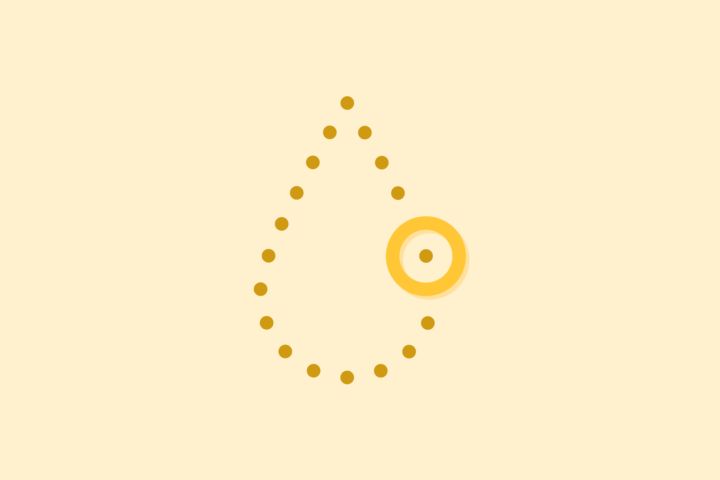Bringing new solutions and innovators to lead poisoning prevention
How the Lead Detect Prize incentivized both incumbents and new solvers to develop accessible and improved blood lead tests.

Problem
Lead is a potent toxin that can be present throughout the environment as well as in and around the home. Lead exposure is dangerous for everyone, but young children are particularly vulnerable to its toxic effects — there is no safe level of lead in the blood. Globally, approximately one in three children have blood lead levels at or above 5 µg/dL (micrograms per deciliter), well beyond the current reference value for intervention set by the Centers for Disease Control and Prevention (CDC). Protecting children from lead will require significant investment in environmental detection and remediation to reduce exposure, and improving the ability of healthcare providers to identify and treat children who may have been exposed is critical to guiding these investments. Early detection of lead in the blood, even at low levels, can help children get the appropriate care, avoid future exposure, and mitigate lasting health risks.
Context
In 2021, recognizing the importance of early lead detection, CDC issued new guidance for blood lead testing in children, decreasing the blood lead reference value from 5 μg/dL to 3.5 μg/dL. There is only one commercially available, Food and Drug Administration (FDA)-cleared point-of-care test for lead in blood, and it is often unable to provide clear, actionable results at the new, lower reference value. Improved point-of-care testing is urgently needed, but incumbent blood testing companies have lacked incentive to invest in new technologies; novel solutions from other fields show great potential, but have not been fully explored.
Solution
CDC recognized an opportunity for using open innovation to stimulate interest and advance new technologies — and protect children from the harms of lead exposure. Building on CDC’s expertise in existing blood lead testing approaches, Luminary Labs designed and produced the $1 million Lead Detect Prize to accelerate the development of next-generation point-of-care blood lead testing technology.
Our work began with rapid research, which helped our team develop a deep understanding of the scientific and technological landscape, as well as opportunities and challenges associated with developing new tests. Desk research and conversations with subject matter experts also helped us build a strong network of potential solvers and supporters.
Grounded in this research, we conducted collaborative workshops with CDC stakeholders to design a prize that balanced a need for high-fidelity technical requirements with the goal of attracting new, innovative solutions. Through a co-creation process, we developed a challenge structure that was flexible enough to attract high-potential solutions while maintaining scientific rigor. Following the launch of open submissions, we conducted extensive outreach to engage with potential solvers.
Phase 1 of the Lead Detect Prize attracted 21 concept papers from teams in nine countries, with solutions spanning a range of technical approaches — from adapting techniques such as spectroscopy and biosensors to translating approaches used in detecting lead and other heavy metals in the environment. Judges recommended five winning teams; each Phase 1 winner received $30,000 and an exclusive invitation to participate in Phase 2.
Phase 2 featured a virtual accelerator program to help teams advance their solutions. Through webinars and office hours, a diverse group of mentors supported the cohort in developing their technologies. In addition, a collaboration with the Clinical and Laboratory Standards Institute (CLSI) provided teams with complimentary access to essential standards documents. As part of the accelerator, teams also received access to blood samples, a critical resource that had previously been a significant barrier to development. At the end of Phase 2, teams submitted detailed designs and early evidence of solution performance.
Phase 2 winners were announced during a live Demo Day at the Milken Institute School of Public Health at the George Washington University, where speakers including GWU’s Lynn Goldman and CDC’s Pamela Protzel Berman celebrated the teams’ rapid progress. At the October 24, 2024, event — held during the 25th annual National Lead Poisoning Prevention Week — all five Phase 2 teams presented their lead detection solutions to an audience of funders, policymakers, industry partners, public health experts, clinicians, and researchers.
Results
The Lead Detect Prize demonstrates how open innovation can stimulate the development of new tools and technologies to address pressing but otherwise unsolved public health challenges. The prize motivated teams with longstanding investment in blood lead testing — as well as solvers who have never before worked in the space — to put forth new approaches and improve on existing options, moving from concept to prototype in less than a year. The multiphase challenge offered clearly defined criteria and target performance metrics, as well as access to experts, resources, and collaboration opportunities, to help diverse innovator teams remain focused on a clear objective. The Lead Detect Prize catalyzed a portfolio of novel point-of-care blood lead tests and built upon growing momentum to bring about a lead-free future. We’re inspired by the level of federal, philanthropic, and private-sector interest in lead poisoning prevention — from remediation to detection — and look forward to seeing how the teams and their solutions progress.
